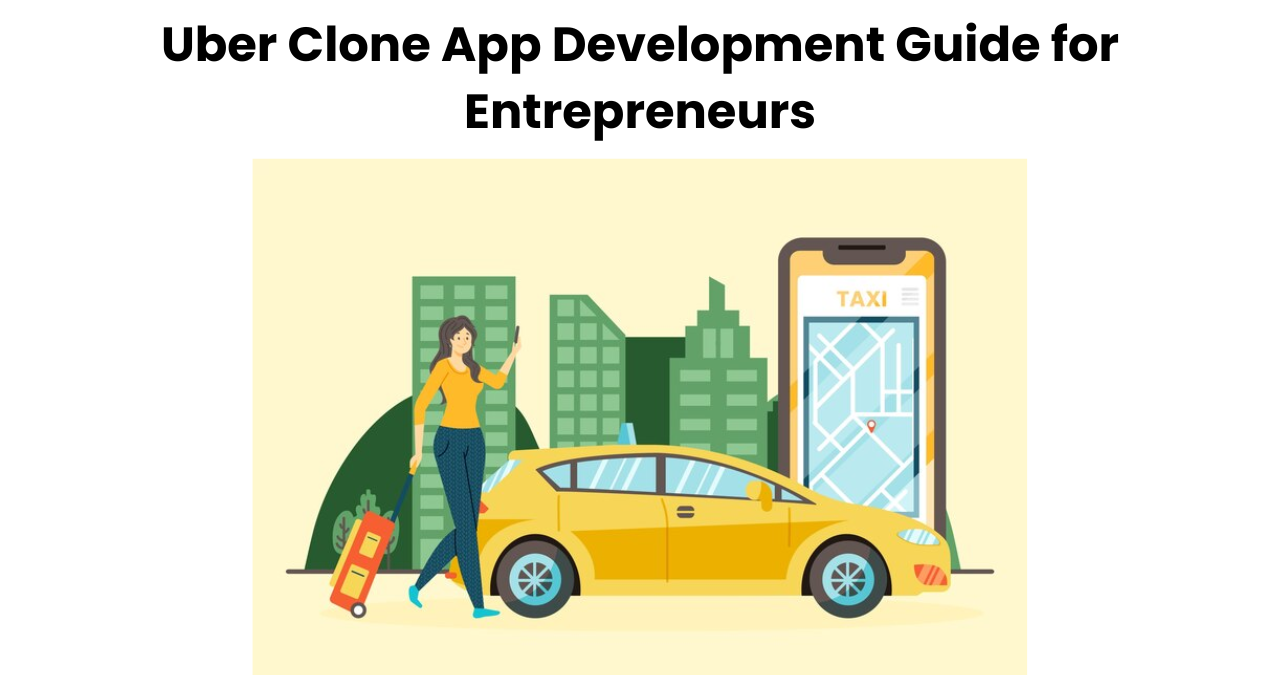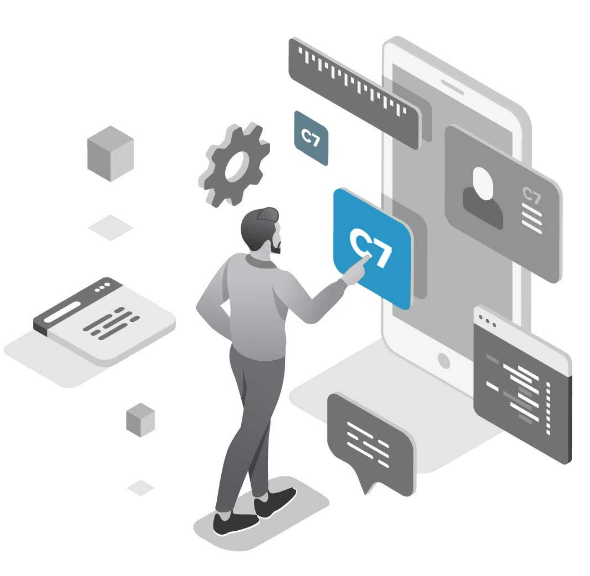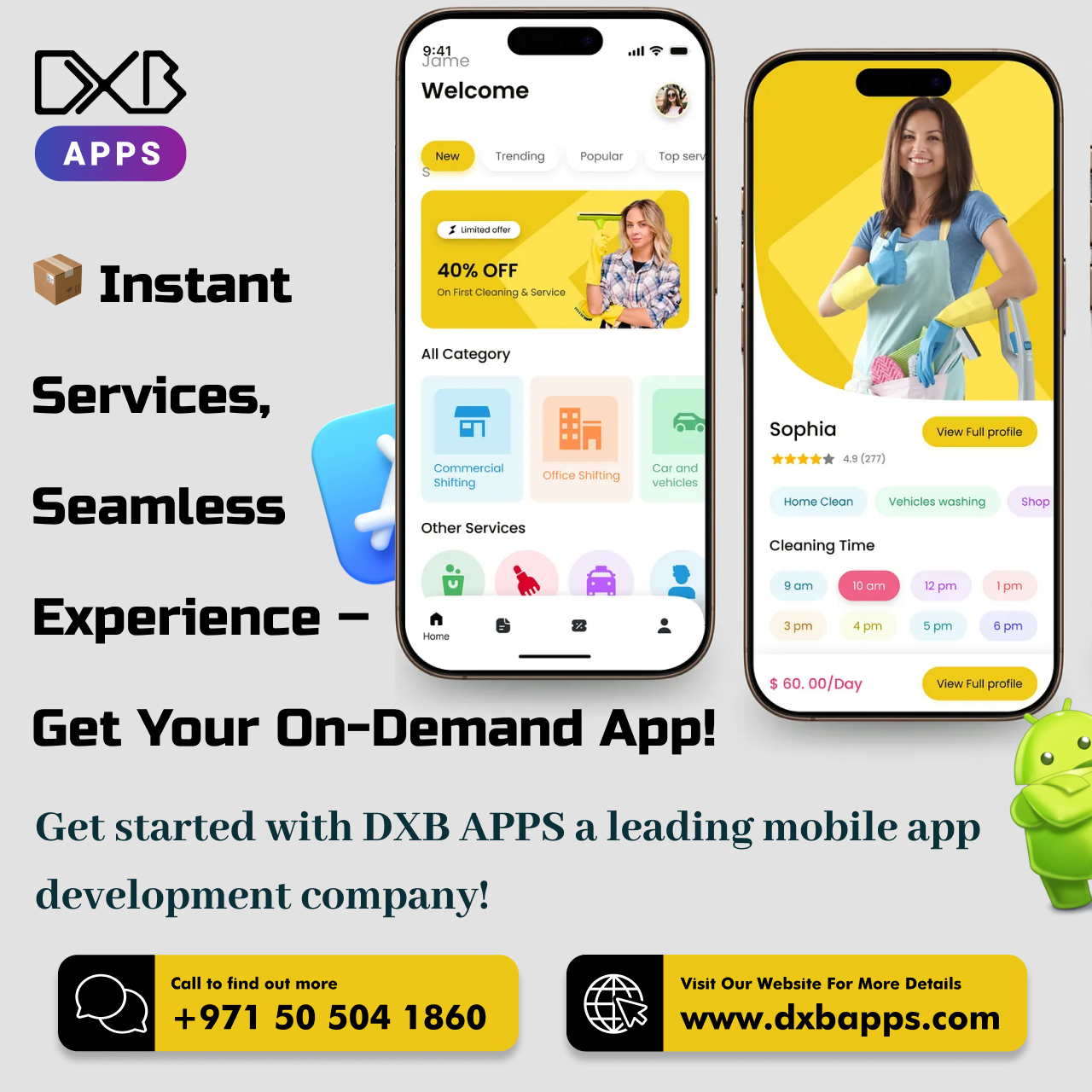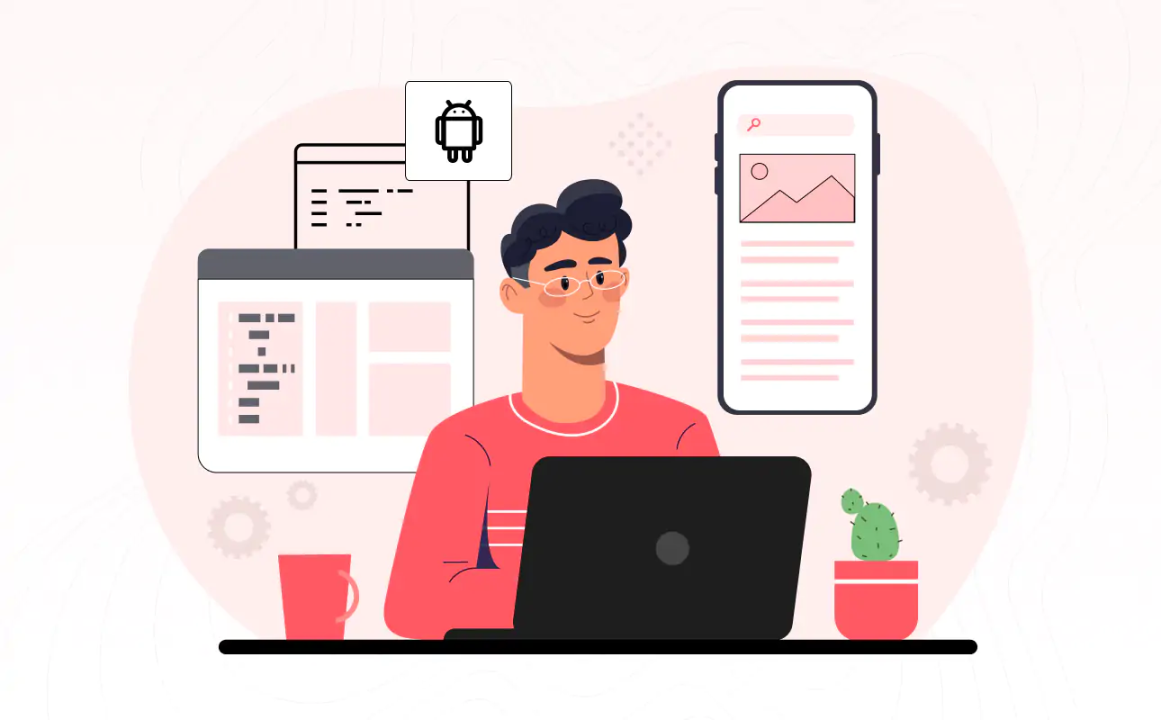Uber Clone App Development Guide for Entrepreneurs

In today’s fast-paced world, on-demand services have become an integral part of daily life. Ride-hailing apps like Uber have revolutionized the way people travel, and now, entrepreneurs are looking to tap into this booming industry by developing their own Uber clone apps. If you’re an entrepreneur interested in launching your own ride-hailing service, this guide will take you through the essential steps and considerations for developing an Uber clone app that can help you succeed in this competitive market.
✍️ If you want to know what separates a successful app from one that fails, our app development guide covers planning, UI/UX, testing, and maintenance strategies used by leading developers.
Why Choose Uber Clone App Development?
Building a ride-hailing app from scratch can be time-consuming and expensive. An Uber clone app offers a faster and more cost-effective alternative. It’s a pre-built solution that comes with all the core functionalities of Uber but can be customized to meet your unique business needs.
By opting for an Uber clone, you can save development time, lower the costs, and focus on differentiating your service by adding custom features or providing better user experience. The clone app can be modified to suit specific market demands, whether it’s offering luxury cars, eco-friendly rides, or catering to a specific region or niche.
Step-by-Step Guide to Building an Uber Clone App
1. Define Your Niche and Target Audience
Before jumping into the development process, it’s important to identify your target market and define the niche you want to focus on. Will your app cater to a specific demographic or geographic area? Do you plan to offer different types of rides (e.g., budget, luxury, carpool)? Answering these questions will help you make key decisions throughout the development process and ensure your app addresses the needs of your target audience.
Key Considerations:
Target Area: Focus on cities or regions where the demand for ride-hailing services is high but competition is relatively low.
Specialized Service: Consider offering specialized services like luxury cars, rides for seniors, or pet-friendly transportation.
2. Choose the Right Features for Your Uber Clone App
Once you’ve defined your niche, you need to decide which features your app will include. A basic Uber clone app will have core features like ride booking, GPS tracking, and payment integration. However, to differentiate yourself from competitors, you’ll need to add advanced features that offer more value to users.
Essential Features for Riders:
User Registration & Profile Management: Allow users to sign up easily using their email, phone number, or social media accounts.
Real-Time Ride Tracking: Users should be able to track their ride and view the driver’s location in real time.
Fare Estimator: An estimated fare calculator helps users get an idea of the cost of their ride before confirming.
Multiple Payment Options: Integrate credit/debit cards, mobile wallets, and cash payments.
Ride History and Receipts: Users should have access to a detailed history of their past rides along with receipts for easy tracking.
Essential Features for Drivers:
Driver Registration & Profile Management: Like users, drivers should also be able to sign up, upload documents, and manage their profile.
Navigation and Route Optimization: Help drivers find the best routes using real-time traffic data and GPS.
Ride Notifications and Acceptance: Drivers should be notified when a ride is available and be able to accept or decline the ride.
Earnings Tracker: Drivers should be able to see how much they are earning after each trip and have the option to withdraw funds.
Admin Panel Features:
Dashboard: An easy-to-use admin panel helps you manage users, drivers, and the overall operation of the app.
Revenue Management: Keep track of the revenue generated from rides, commissions, and other business metrics.
Ratings and Feedback: The admin should be able to monitor ratings and feedback left by users and drivers to ensure quality service.
Ride Analytics: Analytics tools help you monitor ride statistics and improve services accordingly.
3. Design the User Interface (UI) and User Experience (UX)
The success of your Uber clone app heavily depends on its design. A simple, intuitive, and attractive user interface will keep users engaged and make navigation easier. The app should have a user-friendly layout that makes booking a ride and tracking it simple, even for first-time users.
Key Considerations:
Simplicity: The app should have a clean, easy-to-navigate design, with minimal steps required to complete tasks like booking a ride or making a payment.
Speed and Responsiveness: Ensure that the app is fast and responsive, with no lag or delays in loading screens, ride tracking, or notifications.
Customization: Customize the design to reflect your brand, using unique logos, colors, and themes that align with your business vision.
4. Choose the Right Technology Stack
Choosing the right technology stack is crucial for building a robust and scalable Uber clone app. Your app should work smoothly on both Android and iOS devices, and you need to ensure that it can handle high volumes of traffic and data.
Key Considerations:
Native vs. Hybrid: Decide whether you want to build a native app (separate apps for iOS and Android) or a hybrid app (one app for both platforms). Native apps generally offer better performance, but hybrid apps are more cost-effective.
Backend Development: The backend of your app should be able to handle large amounts of data, including user profiles, ride history, payment processing, and real-time ride tracking.
Third-Party Integrations: You will need to integrate various APIs for services like maps (Google Maps or Mapbox), payment gateways, and push notifications.
5. Test Your Uber Clone App
Before launching your Uber clone app, it’s important to test it thoroughly to ensure it works as expected. Testing helps identify bugs, glitches, and performance issues that could affect the user experience.
Types of Testing:
Functional Testing: Test all the features of the app to ensure they work as expected, including ride booking, payments, and notifications.
Usability Testing: Test the user interface (UI) and user experience (UX) to ensure that the app is easy to navigate and pleasant to use.
Performance Testing: Make sure the app works smoothly under heavy traffic conditions and that it can handle a large number of concurrent users.
Security Testing: Ensure that user data, especially sensitive information like payment details, is securely stored and transmitted.
6. Launch Your Uber Clone App
Once the app has been developed and thoroughly tested, it’s time to launch. Plan a marketing strategy to promote the app, targeting your niche market and driving user acquisition.
Key Considerations:
App Store Optimization (ASO): Optimize your app’s listing on Google Play and the Apple App Store by using relevant keywords, attractive screenshots, and clear descriptions.
Social Media Marketing: Use platforms like Facebook, Instagram, and Twitter to reach potential users and generate buzz about your app.
Referral Programs and Discounts: Encourage new users to download the app by offering sign-up bonuses or referral discounts.
7. Monitor and Improve
After launch, it’s important to monitor the app’s performance and user feedback. Regularly update the app with new features, bug fixes, and performance improvements. This will keep your users satisfied and help retain them in the long run.
Conclusion
Developing an Uber clone app is a great way for entrepreneurs to enter the lucrative ride-hailing industry. By carefully defining your target audience, selecting the right features, designing a user-friendly interface, and testing the app thoroughly, you can create a powerful app that provides value to both riders and drivers.
Working with an on-demand app development services provider can help ensure that your app is built to meet industry standards, offers a great user experience, and remains scalable as your business grows. With the right strategy, technology, and ongoing support, your Uber clone app can become a profitable venture in the fast-evolving world of ride-hailing services.
Note: IndiBlogHub features both user-submitted and editorial content. We do not verify third-party contributions. Read our Disclaimer and Privacy Policyfor details.







